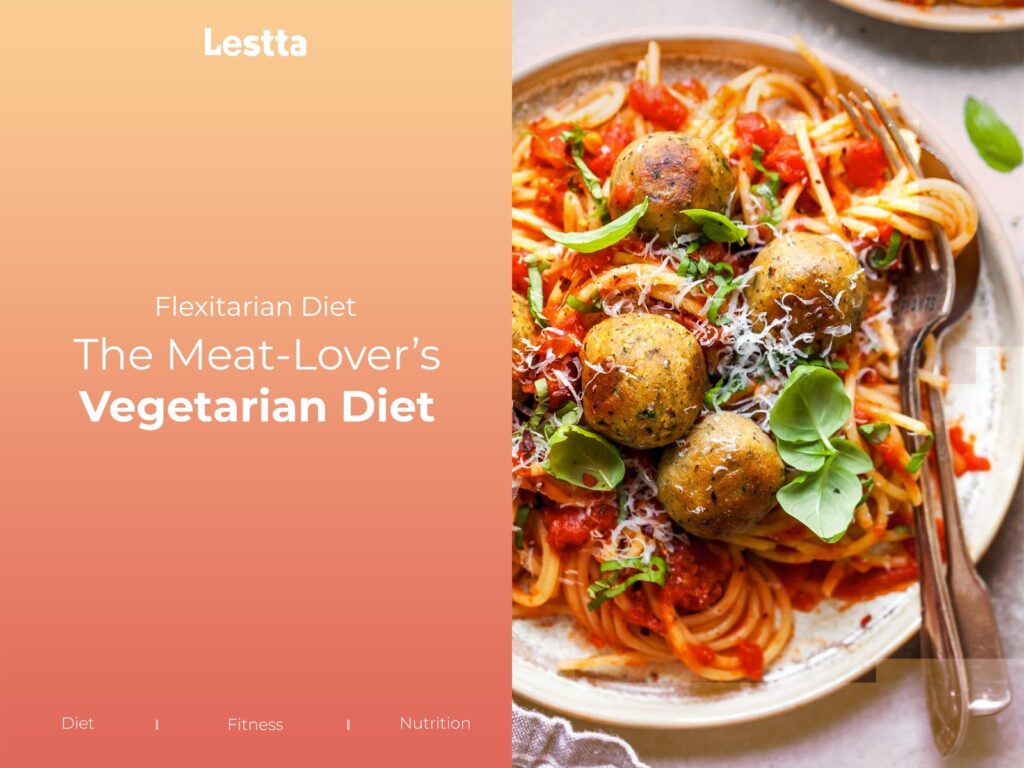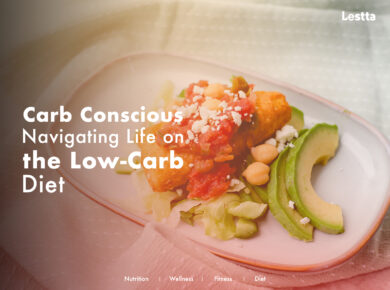Flexitarian Diet: The Meat-Lover’s Vegetarian Diet

Are you a meat-lover and love incorporating more plant-based foods into your diet? If so, you might want to consider the flexitarian diet. This style of eating people refer to as the “semi-vegetarian” or “vegetarian-ish” diet. It’s a flexible approach that allows for some animal products while emphasizing fruits, vegetables, whole grains, and legumes. In this article, we’ll explore the basics of the flexitarian diet, its potential health benefits, and some tips for getting started.
The flexitarian diet is a plant-based approach to eating depends on whole, nutrient-dense foods. It’s a flexible way of eating that allows for some meat and animal products. However, in smaller quantities than the average Western diet. The goal of the flexitarian diet is to shift the emphasis of your diet away from meat and processed foods. This diet is not about eliminating animal products entirely. It is about reducing your consumption of them and emphasizing whole, plant-based foods.
Potential Health Benefits of the Flexitarian Diet
Research suggests that the flexitarian diet may offer a number of potential health benefits. For example, a study published in the Journal of the Academy of Nutrition and Dietetics found that flexitarians tended to have a lower body mass index (BMI). Also, it can lower risk of heart disease compared to non-vegetarians. Another study published in the American Journal of Clinical Nutrition found that flexitarians had a lower risk of certain types of cancer, such as colorectal cancer, compared to non-vegetarians.
In addition to potential health benefits, the flexitarian diet can also be an environmentally-friendly choice. By reducing your consumption of meat, you can help reduce greenhouse gas emissions and the impact of animal agriculture on the environment.
Tips to getting started with your flexitarian diet:
1. Start small:
Instead of going cold-turkey on meat, try reducing your meat consumption gradually over time. You might start by eliminating meat from one meal per day, or by having one meatless day per week.
2. Emphasize plant-based proteins:
Instead of relying on meat for protein, try incorporating more plant-based protein sources into your diet, such as beans, lentils, tofu, and tempeh.
3. Focus on whole, nutrient-dense foods:
When planning your meals, emphasize whole, nutrient-dense foods like fruits, vegetables, whole grains, and legumes. These foods are rich in fiber, vitamins, and minerals, and can help you feel satisfied and energized throughout the day.
In conclusion, the flexitarian diet is a plant-based approach to eating that emphasizes whole, nutrient-dense foods while allowing for some meat and animal products. By reducing your consumption of meat and emphasizing plant-based foods, you can potentially improve your health and reduce your impact on the environment. If you’re interested in trying the flexitarian diet, start small and focus on incorporating more plant-based proteins and whole, nutrient-dense foods into your meals.









